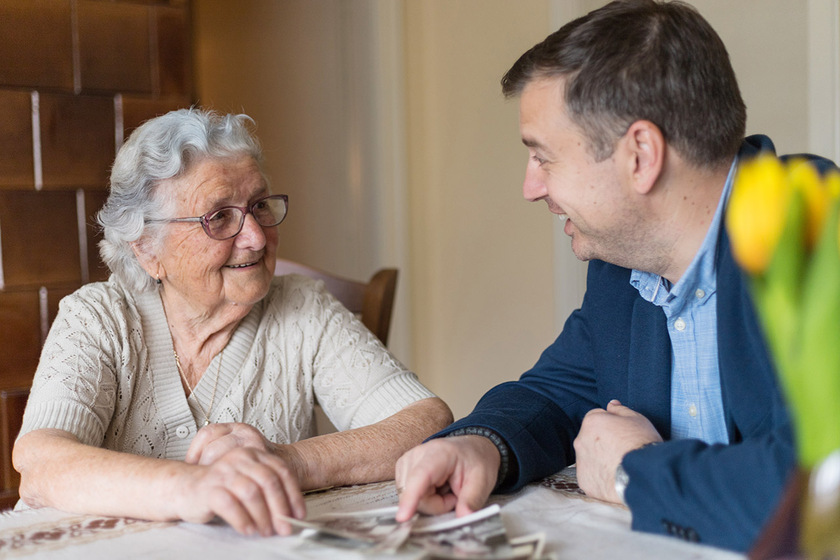Does your family member all of a sudden require assistance getting up? Have ordinary tasks, like going outside or climbing a set of stairs, become too difficult? These are potential early signs of immobility, a condition that affects millions of people around the world. This is why we feel it is vital to talk about senior mobility, and more specifically, how to increase mobility in the elderly.
“Just a little difficulty getting up” often escalates into a major problem necessitating the use of specialized equipment such as:
- Wheelchair
- Walking Cane
- Scooter
- Walker
It is never too late to take action if you or a loved one are experiencing mobility issues. Before or after becoming incapacitated, there are many options for increasing mobility. Here’s how assisted living in Durham, NC supports this.
How Assisted Living Helps Improve Residents’ Mobility
Mobility is critical for persons over 65 to maintain good quality of life. Now is the time to take action if you fall under this age group. Even if you have a condition that makes it harder for you to walk or climb stairs, that does not mean you cannot stay active long into your golden years.
Promote Activity in Residents
Exercise is the most effective treatment for immobility. While it is advised that the elderly see a physical therapist who specializes in working with their age group, there are many exercises that may be done on one’s own time to increase mobility.
Everyone knows they should exercise, but that does not mean doing so necessitates signing up for a gym membership or investing in the newest fitness software. Keeping active requires only a small time commitment to reap significant benefits. For more freedom of movement, assisted living encourages residents to:
- Maintain a consistent stair-using routine
- Park further away and take a stroll back to their senior apartment
- Avoid automobiles in favor of strolls to neighboring stores
- Get around with the use of a wheelchair or scooter only when prescribed by a medical professional
Provide Senior Living Activities
People who are severely disabled or chronically ill may find relief in a 24-hour care community known as an assisted living community. Besides the standard fare of assistance with personal hygiene, nourishment, and medical attention, these communities also include programs designed to encourage physical activity and increase independence.
Moving into an assisted living community can help residents get more exercise through activities like dance classes, nature walks, and group outings to nearby attractions.
Help Maintain a Healthy Weight
Strong legs are essential for mobility. Being overweight, for example, can cause severe muscle weakness in your legs, making walking almost impossible. For this reason, assisted living ensures to help residents in keeping their weight within a healthy range throughout their senior years. Between 2007 and 2010, 35% of persons aged 65 and above were obese, per data from the National Center for Biotechnology Information. When you consider all the ways that obesity may ruin your life, like making you immobile, these numbers are shocking.
Hold Stretching Classes
Do elders need to stretch? In a word, yes! Regular stretching is beneficial for people of all ages since it improves flexibility, circulation, and overall bodily function. Stretching is the simplest method for enhancing geriatric mobility. There are daily stretching classes held at an assisted living community to support this.







